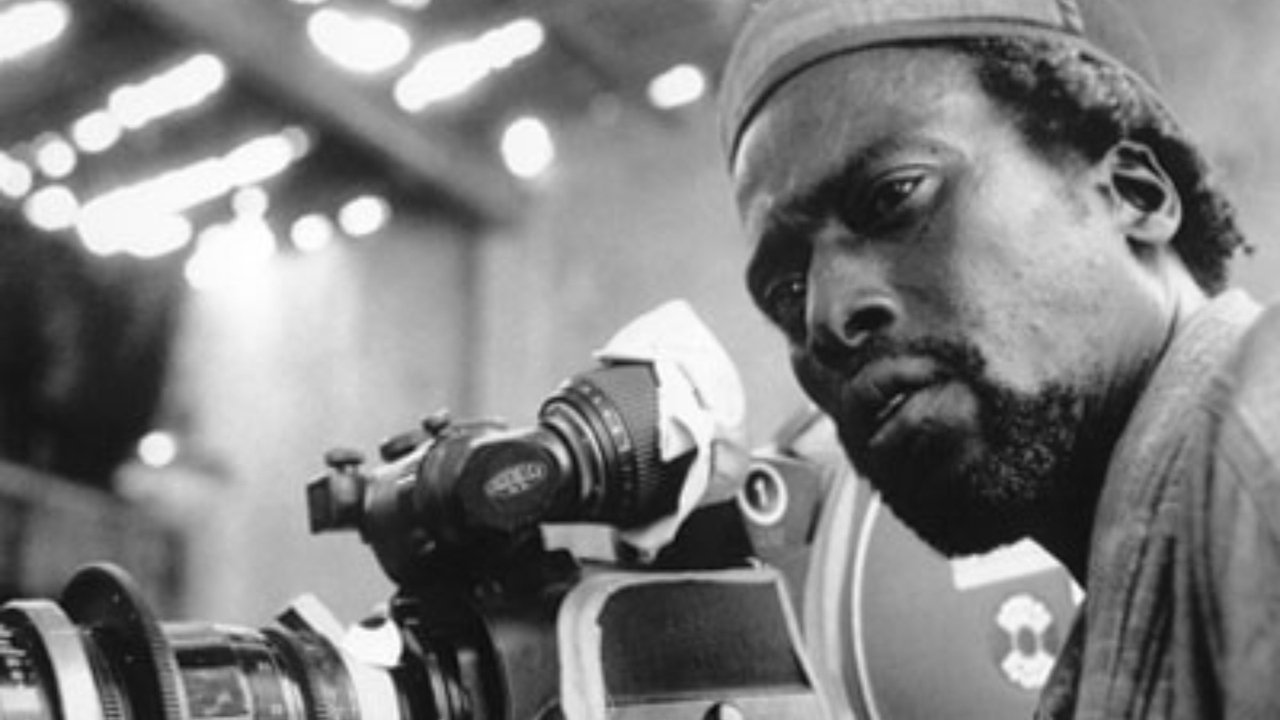

Mambéty(2002)
Senegalese director Djibril Diop Mambéty, one of the greatest figures in all of African film, died in 1998. In this behind-the-scenes documentary, shot during the making of his final work, The Little Girl Who Sold the Sun / La petite vendeuse de soleil, Mambéty speaks with his technicians, prepares the actors, talks with his young star, and, in voiceover, shares his thoughts on cinema and life.Mambéty doesn't differ significantly from the stock "behind-the-scenes" documentaries that adorn most DVDs nowadays, except that Mambéty's films have scenes you actually want to be taken behind. Because of the kind of attention that gets paid to African cinema, there's an initial intrigue to Mambéty, but that interest is sustained by Mambéty's own lyrical insights into his aesthetics.
Movie: Mambéty

Mambéty
HomePage
Overview
Senegalese director Djibril Diop Mambéty, one of the greatest figures in all of African film, died in 1998. In this behind-the-scenes documentary, shot during the making of his final work, The Little Girl Who Sold the Sun / La petite vendeuse de soleil, Mambéty speaks with his technicians, prepares the actors, talks with his young star, and, in voiceover, shares his thoughts on cinema and life.Mambéty doesn't differ significantly from the stock "behind-the-scenes" documentaries that adorn most DVDs nowadays, except that Mambéty's films have scenes you actually want to be taken behind. Because of the kind of attention that gets paid to African cinema, there's an initial intrigue to Mambéty, but that interest is sustained by Mambéty's own lyrical insights into his aesthetics.
Release Date
2002-03-04
Average
0
Rating:
0.0 startsTagline
Genres
Languages:
WolofKeywords
Similar Movies
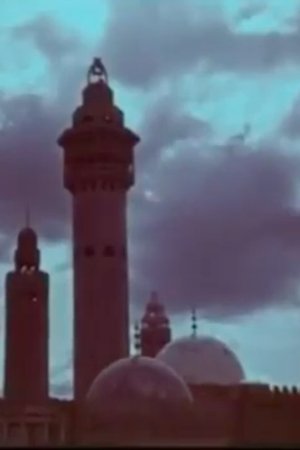 0.0
0.0The Grand Magal of Touba(fr)
Each year, the pilgrimage of the Muslim brotherhood of the Mourides takes place in Touba. From all over Senegal (and even from all over the world) pilgrims flock to take part in this religious event which will last three days and two nights. Grand Magal in Touba evokes the black Islam, promotes peace and tolerance, born of syncretism between Islam and the blackness of the Sufi brotherhoods in Senegal.
 0.0
0.0African Underground: Democracy in Dakar(en)
African Underground: Democracy in Dakar is a groundbreaking documentary film about hip-hop youth and politics in Dakar Senegal. The film follows rappers, DJs, journalists, professors and people on the street at the time before, during and after the controversial 2007 presidential election in Senegal and examines hip-hop’s role on the political process. Originally shot as a seven part documentary mini-series released via the internet – the documentary bridges the gap between hip-hop activism, video journalism and documentary film and explores the role of youth and musical activism on the political process.
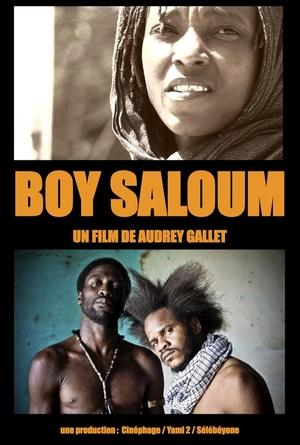 0.0
0.0Boy Saloum : La révolte des Y’en a marre(wo)
The story of four Senegalese youths from the suburbs of Dakar who are about to set their country ablaze in 2011, via the grassroots movement called Y’en a marre (We’re fed up).
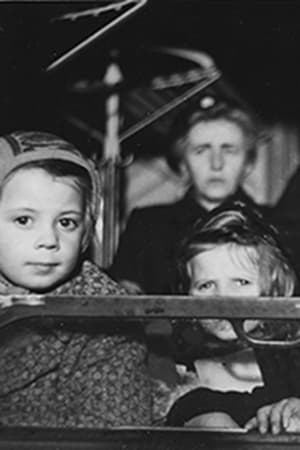 0.0
0.0Report on the Refugee Situation(de)
An unclassifiable cross between documentary and fiction, Kipp takes the viewer through refugee camps bordering Soviet-occupied areas of Germany.
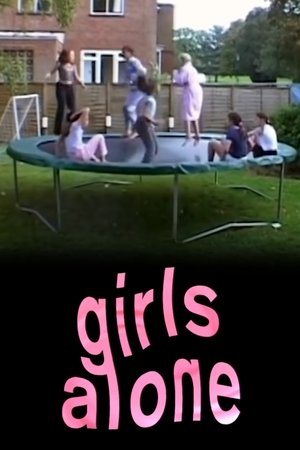 5.5
5.5Girls Alone(en)
A 'social experiment' fly-on-the-wall documentary following 10 12-year girls left alone to fend for themselves in a house without adult supervision.
 9.2
9.2Art of Freedom(en)
The documentary film Art of Freedom answers the most poignant questions on the phenomenon of Polish expeditions to the Himalayas. Poles have reigned the highest mountaintops of the world for more than 20 years. They not only set down new trails, but new rules of behavior. They set themselves apart with an original style of climbing, endurance, conscientiousness about the overall well-being of the team - and solidarity.
 7.0
7.0Jon Richardson: How to Survive The End of the World(en)
Jon Richardson, one of Britain's most cautious men, is sent on a mission by his wife Lucy Beaumont, to investigate the things they are most scared about.
Ben-Gurion, Epilogue(en)
Based on archive material, the film reveals the final years of Israel's founder, David Ben-Gurion. Excluded from leadership, he allowed himself a hindsight perspective on the Zionist enterprise.
 0.0
0.0Beah: A Black Woman Speaks(en)
Beah: A Black Woman Speaks is a 2003 documentary about the life of Academy Award nominated actress Beah Richards. Directed by Lisa Gay Hamilton, it won the Documentary Award at the AFI Los Angeles International Film Festival in 2003.
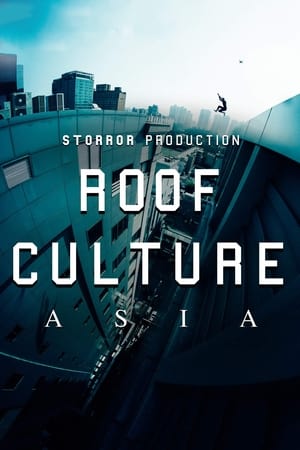 9.4
9.4Roof Culture Asia(en)
Team Storror showcase Parkour on a stage never before seen - the rooftops of Asian megacities. The film follows team Storror on their exploration into what drives them to push the sport to such extremes, and the battles that face them when trying to shoot a feature film totally guerilla. RCA delves into the mental and physical preparation Parkour athletes have to undertake to make impossible 'leaps of faith', possible.
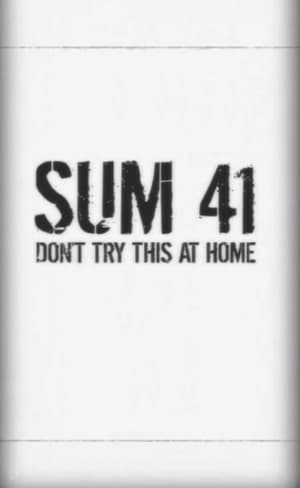 0.0
0.0Sum 41: Don't Try This at Home(en)
The making-of documentary of the fifth studio album by Canadian punk band Sum 41, "Screaming Bloody Murder".
 0.0
0.0Subaru Launch Control(en)
I accidentally created a duplicate in the wrong place. Please delete this. Use Id 107035
 6.0
6.0KillJoy(en)
Kathryn Joy was three months old when their father killed their mother. He served just 22 months and by age four, Kathryn was back living with him in the house he killed their mother in with little knowledge of what happened to her. Spanning over forty years, Revealed: KillJoy follows Kathryn from a child into adulthood as they embark on a journey to uncover their mother's buried story.
A Country Divided(hu)
Twenty well-known Hungarian artists - 10 right-wing (said to be) and 10 left-liberal (said to be) writers, directors, actors, musicians talk about the regime change and what has happened to us here in the last 30 years.
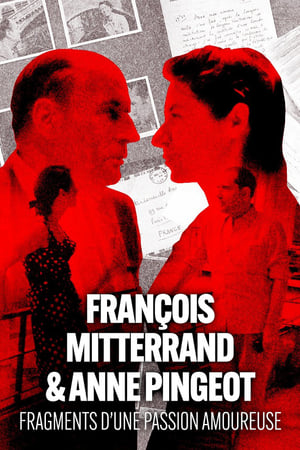 6.0
6.0François Mitterrand & Anne Pingeot: Pieces of a Love Story(fr)
In the summer of 1963, François Mitterrand was going through a deep existential crisis. His political career was at a standstill and, after 19 years of marriage, the couple had grown apart. It was at this point that François Mitterrand met the woman who was to give new meaning to his life. Anne Pingeot, aged 19, was to become the companion of a lifetime, a woman who would be with him throughout his rise to power and who would remain by his side until his last breath. For the first time, Anne Pingeot has agreed to allow the fragments of this passionate love story — hundreds of letters and a diary — to be shown on television, before being donated to the National Library.
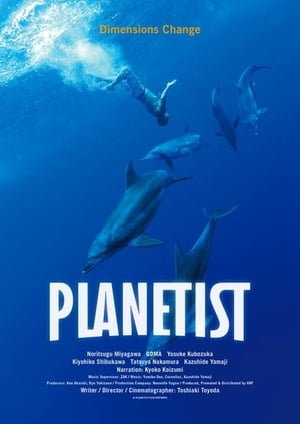 5.0
5.0Planetist(ja)
A documentary four years in the making that highlights the wondrous Ogasawara Islands, where 65-year-old Miyagawa Noritsugu resides. A surfer that draws in artists of all kinds to the beautiful island in which he resides.
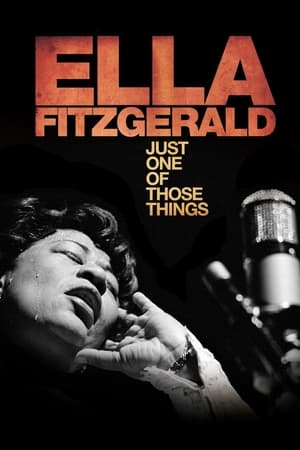 7.1
7.1Ella Fitzgerald: Just One of Those Things(en)
Ella Fitzgerald was a 15-year-old street kid when she won a talent contest in 1934 at the Apollo Theatre in Harlem. Within months she was a star. Over the next six decades, her sublime voice would transform the tragedies of her own life and the troubles of her times into joy. JUST ONE OF THOSE THINGS retraces this extraordinary journey.
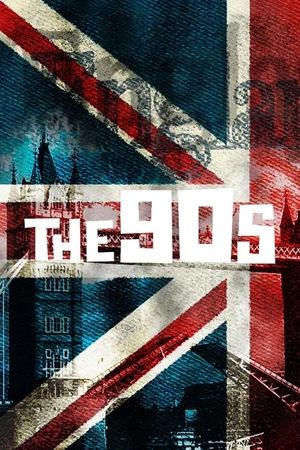 8.7
8.7The 90s: Ten Years That Changed the World(en)
Documentary that outlines the 1990s and the decade the changed the world.
 0.0
0.0In Darkest Hollywood: Cinema and Apartheid(en)
A documentary overview and ideological critique of the South African film industry and cinema's historical relationship with apartheid.
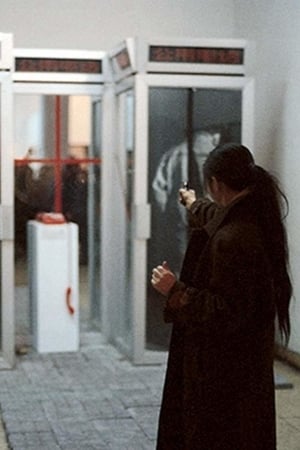 0.0
0.0Seven Sins: 7 Performances during 1989 China Avant-Garde Art Exhibition(zh)
In 1989, a group of avant-garde artists who had collaborated in private for years received permission to organize their own exhibition at the National Art Museum of China. However, one of the terms was to exclude performance artists from participating. The seven artists who were left out took action. At the opening ceremony, their lives changed as the sounds of gunfire rang out.
